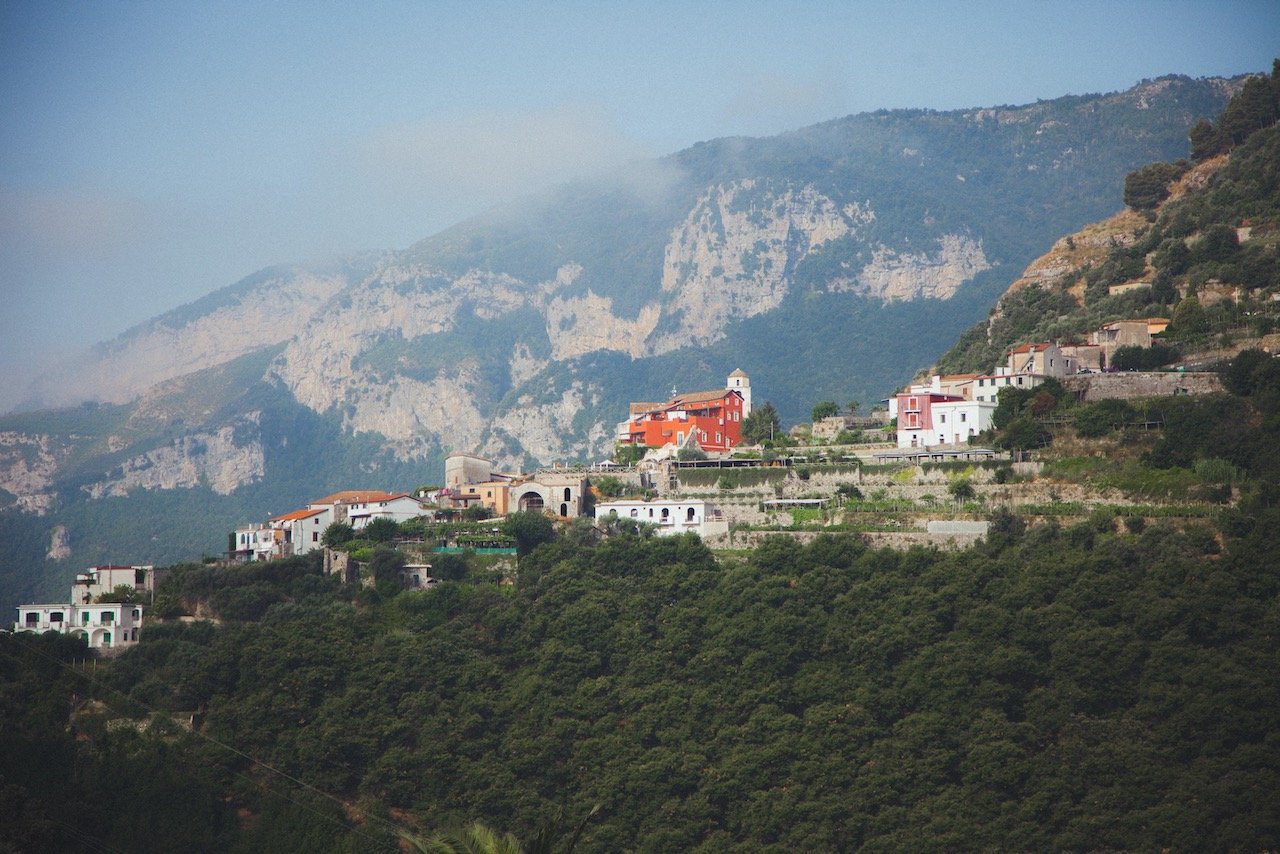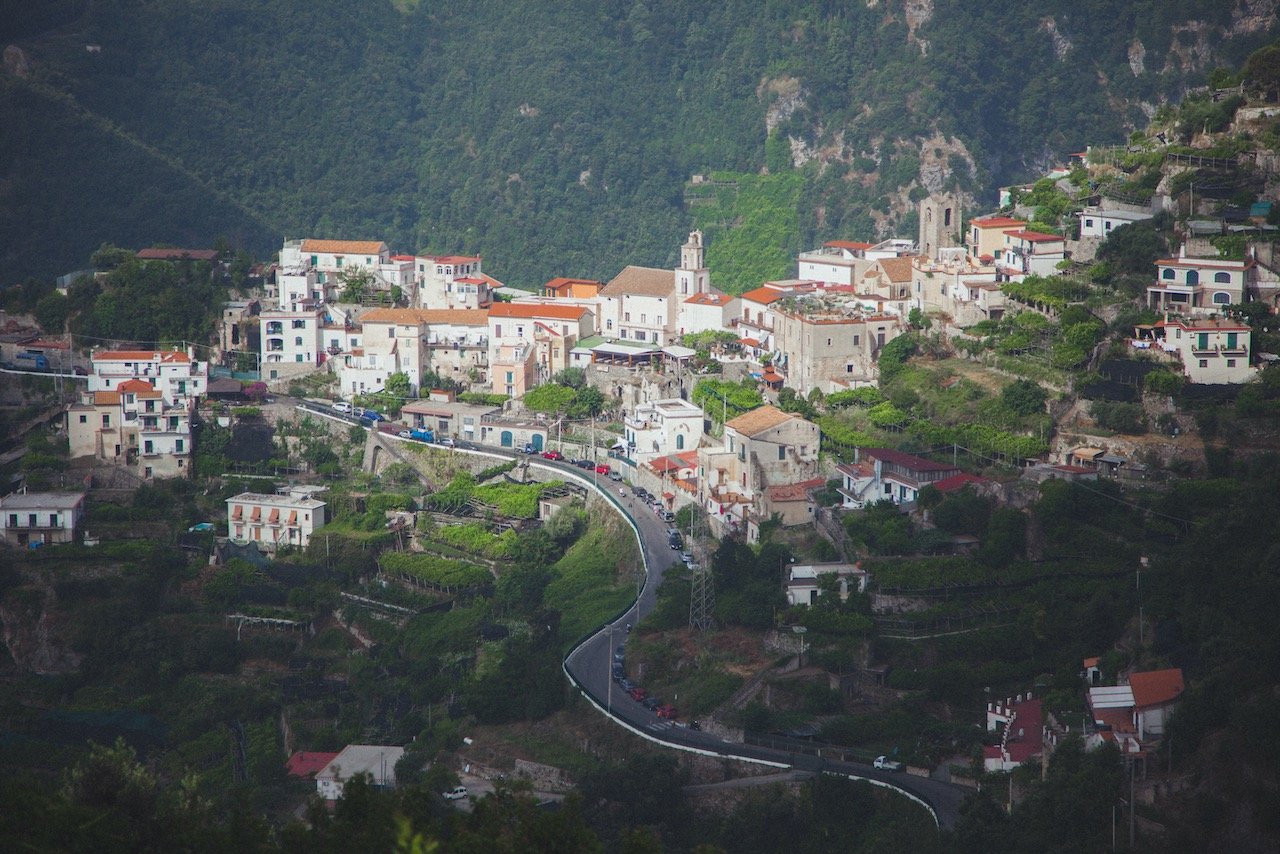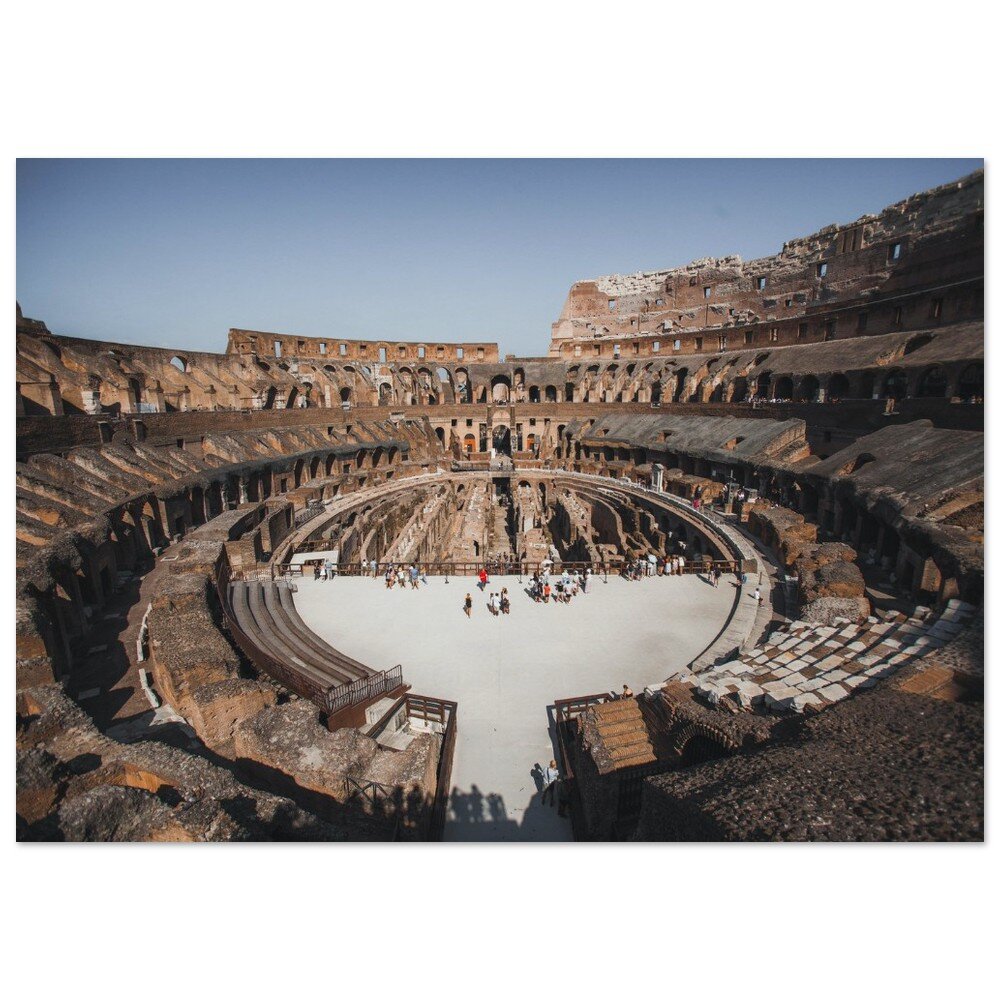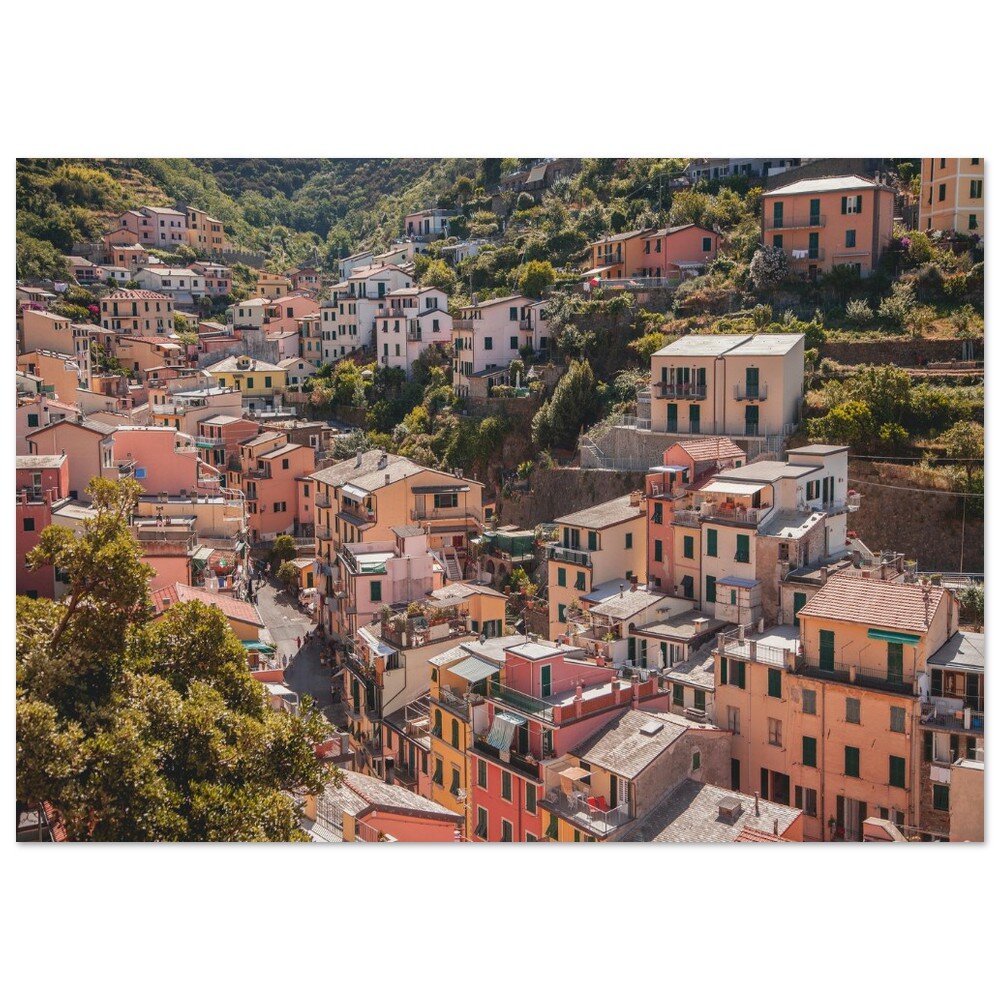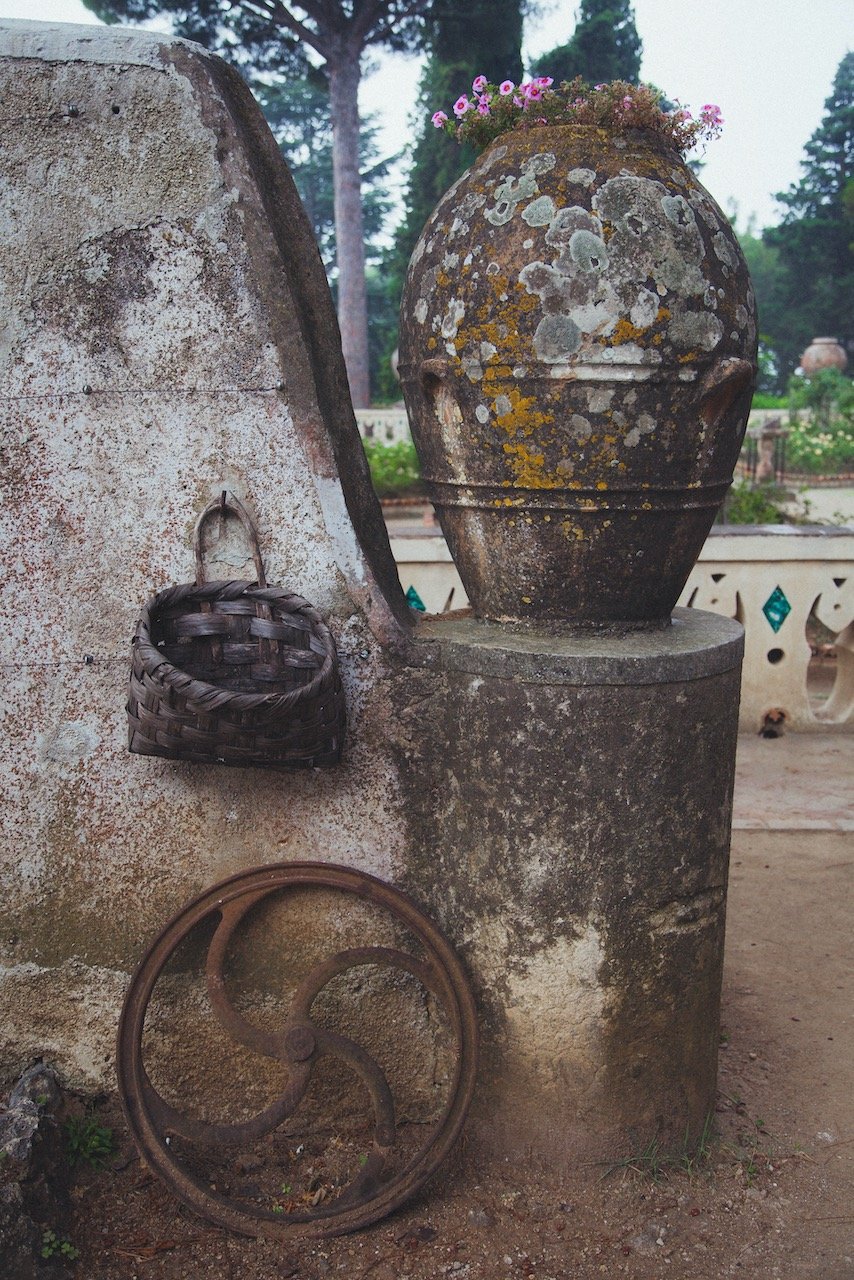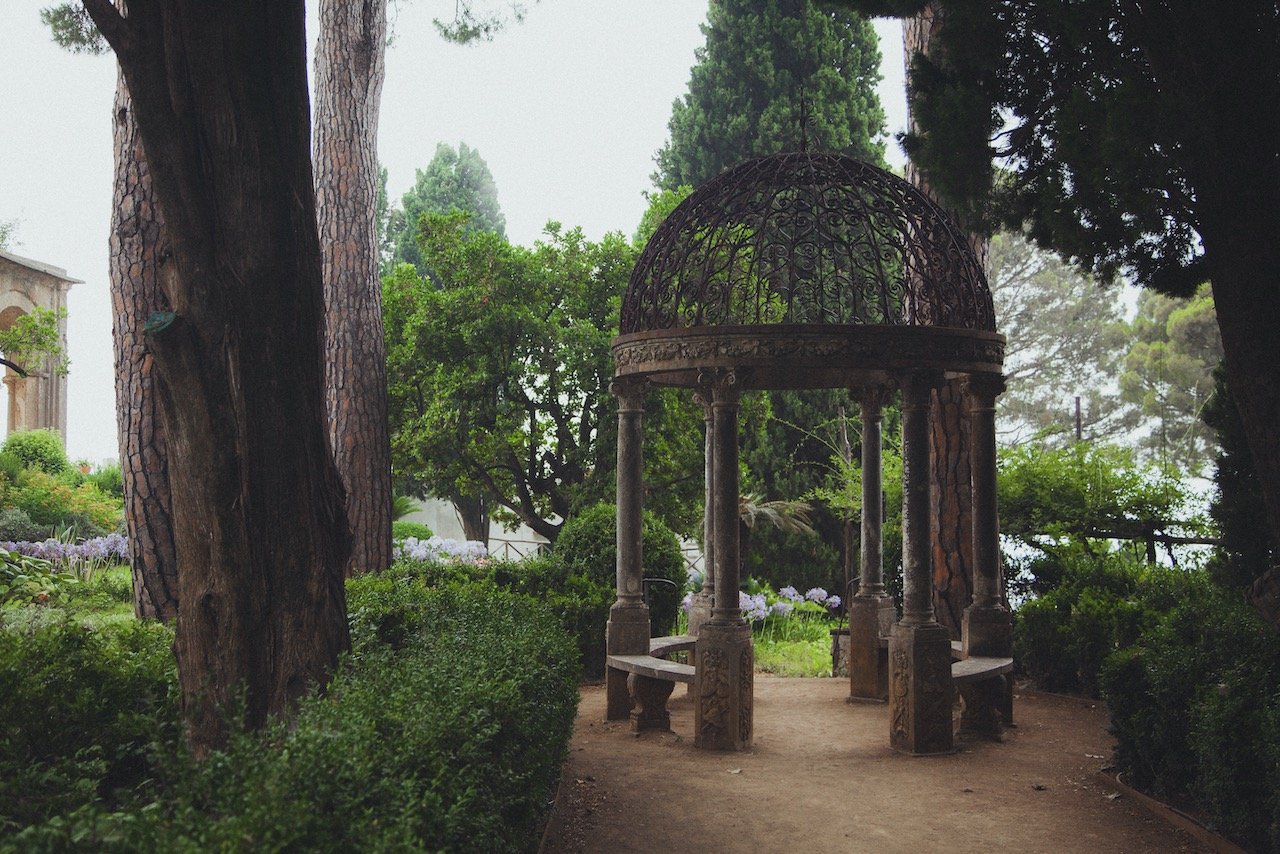A Journey through the Amalfi Coast: Ravello
(Some links in this post are affiliate links. If you click through and take action, I'll be compensated.) If you are also interested in any PRINTS from any of my posts, be sure to check out my store where you can buy prints as posters, in metal/wooden frames or on canvas.
**This post is the 1st of a 8-post series discussing what to see in this town of the Amalfi Coast (You can check out the other parts in the list below, separated by each specific town. Everything is also summarized in another post here.**
The Amalfi Coast is one of the premier destinations in not just Italy, but the whole of Europe. Situated on the South side of the Sorrentine Peninsula, it is a collection of village towns that bear fine churches, plentiful beaches, and stunning coastlines. The entire area is named after the town of Amalfi which is the main historical and political center, and is a UNESCO World Heritage Site. Each town has a different vibe so it worth checking out multiple ones on your visit. I personally was able to see Ravello, Minori, Maiori, Amalfi, Atrani, Fiordo di Furore (the beach), and Positano, but I hope to come back someday to also check out Praiano and Conca dei Marini.
In this blog post, I will cover the town of Ravello. The town of Ravello is located on the Amalfi Coast on the Sorrentine Peninsula in Southern Italy. It was founded in the 5th Century as a shelter against barbarian incursions at the end of the Roman Empire. The town is nestled in the Amalfi Coast cliffside and has been a popular destination for artists. A Google Map of the places I will talk about can be seen at the end of this article.
Check out my drone video of the Amalfi Coast, Italy below!
You can see all my Amalfi Coast related blog posts below:
Ravello (A Journey Through the Amalfi Coast: Ravello)
Minori ( A Journey Through the Amalfi Coast: Minori)
Maiori (A Journey Through the Amalfi Coast: Maiori)
Amalfi (A Journey Through the Amalfi Coast: Amalfi)
Atrani (A Journey Through the Amalfi Coast: Atrani)
Fiordo di Furore (A Journey Through the Amalfi Coast: Fiordo di Furore)
Positano (A Journey Through the Amalfi Coast: Positano)
Summary (A Guide to the Towns of the Amalfi Coast in Italy)
How to get to Ravello
In order to get to Ravello, you will have to get yourself to Italy and then to the Amalfi Coast first. The best airport to fly into is Naples Airport (NAP), followed by taking a train to the city of Salerno. If you want a cheaper option, you can go by bus.
Take the SITA 5000 bus to Salerno from Naples City Center
Take the SITA 5003 bus to Salerno from Naples Airport
*There is also a Direct Bus that goes from Naples to Amalfi, however it runs 1-2 times daily and takes 2 hours. Just look for SITA bus 5020.*
Then from Salerno, you can:
Take a ferry from Salerno to Amalfi (the ferry also stops at Vietri Sul Mare, Cetara, Minori, Maiori, and Positano).
Take SITA bus number 5120 from Salerno bus station to Amalfi.
Take a taxi direct to Ravello.
Option #2 is the cheapest option and the one we ended up doing. We rarely take taxis if public transport is available. You can get bus tickets at any Tabacchi in Italy, but usually only with cash.
If you like some of my photos that you have come across, just know that I have many prints showcasing a variety of landscapes, including Italy, available for purchase below! (Sold as Posters, Canvas, or in Metal-Frames and Wooden-Frames).
Here are some places to check out while you’re in Ravello:
Piazza Vescovado
This is the main square of Ravello. Here you will find a range of cafes and small shops, usually selling lemon related decor, and is seemingly where the locals congregate. Just across the courtyard, you will find great spots that provide views of the surrounding cliffsides and the small villages that dot the landscape. We stopped at a cafe here to get a morning tea and the calmness was palpable.
Duomo di Ravello
Perched in the center of the village, the Ravello Cathedral, otherwise known as the basilica of Santa Maria Assunta and San Pantaleone, is the center of Catholic worship in Ravello. The cathedral was built in the 11th century which was financed by the Rufolo family (of which a Villa is named after). For those who love architecture, the Duomo combines both Baroque and Romanesque styles and was last restored in 1931.
It’s in pretty good condition for being built 900 years ago. I found that while sitting at a local cafe, the duomo was a common natural meeting place for people and some even hung out, sitting on the church stairs.
Villa Rufolo
Named after one of the most prominent and generous families in the Ravello’s history, Villa Rufolo is a villa property located in the center of Ravello, dating back to the 13th century. The Rufolo family, whose wealth came from commerce, passed on the villa to other families over the years (Confalone, Muscettola, and d’Afflitto families). Later, the Villa was sold to Sir Francis Nevile Reid, a Scotsman. Even though the building was not fit for habitation, Sir Reid restored the villa to its former glory by rearranging the garden terraces which are now viewable by the public, with a small entrance fee of course.
Villa Cimbrone
When it comes to Villas though, Villa Cimbrone was hands down our favorite. The name comes from the part of the rocky landscape the Villa is located on, called ‘Cimbronium’. It was suggested we go here by our Italian friend, to which he described the grounds as some of the most beautiful he has ever seen. Getting to Villa Cimbrone requires meandering through some alleyways of Ravello, further away from the center (expect a 5-10 minute walk).
This 11th century Villa is also host to a lavish garden landscape, but with impeccable taste. It was altered heavily in the early 20th century whereby many architectural features of the property were kept intact. Today, Villa Cimbrone serves as a hotel and wedding venue.
If you love gardening, have a decent green thumb, or just appreciate nature, I would highly recommend paying the entrance fee and taking in the sights of this villa. One of the viewpoints, with various busts on its perimeter feels like it is up in the clouds as you look over the entire Amalfi coastline.
